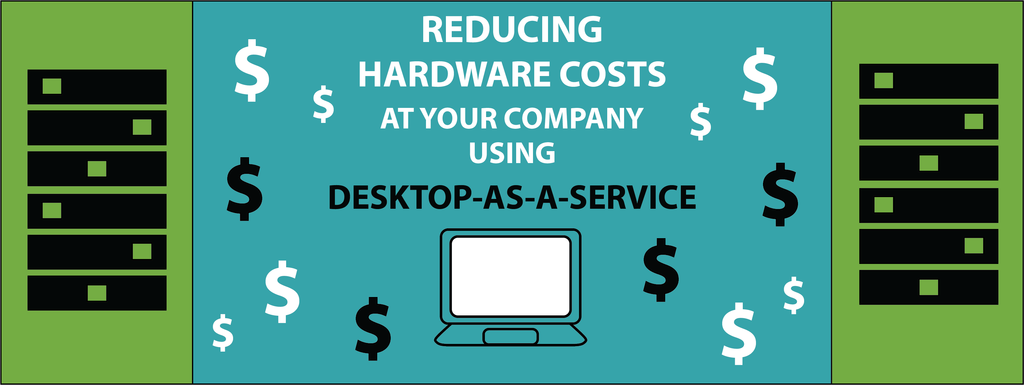Since the world now enjoys complex programs like remote desktop services, it's hard to imagine that there was ever a time when the internet didn't exist. It may be even harder to imagine that the seeds that led to the eventual development of the internet were planted in a time when computers took up entire buildings, rather than fitting inside a watch.

ARPANET
Before there was the internet, there was first an intranet. It should come as no surprise that the first intranet was created by the Department of Defense Advanced Research Projects Agency. The ARPANET linked the Department of Defense computers together, allowing for easier use and enhanced capabilities. What would eventually morph into today’s internet, ARPANET was created in the 1960s and 1970s.
In 1972, a man by the name of Robert Kahn demonstrated the ARPANET at the International Computer Communication Conference. This was the first time that email was shown to a large audience, and soon after it began to take off.
The World Wide Web
After ARPANET was decommissioned, a number of scientists began to create the first version of the World Wide Web. These scientists developed a format for web pages that was named hypertext markup language or HTML. This language was used to build the majority of early web pages.
Introduction of Internet Piracy
In 1999, a number of file sharing programs were gaining in popularity that allowed users to share and download music and videos for no cost. This sparked a huge controversy among record labels and production companies who were looking to put a stop to this illegal distribution of copyrighted material. Online piracy continues to be a major issue online.
Social Media
Sites like Myspace began to grow in popularity in the early 2000s. YouTube launched in 2005, and by 2006, Twitter and Facebook were beginning to catch on. Today social media is the mechanism that many around the world use to communicate.
Rise of Digital Revolution
One of the byproducts of the Internet has been the rise of the digital revolution, which has completely changed how business is done for companies of all sizes. Whether you’re a small business, or a global conglomerate, there’s little doubt that the internet plays a key role in your daily activities. From the simple task of organizing information to sharing it via technologies like desktop virtualization, the internet has become the unseen force that drives almost every element of life today.







